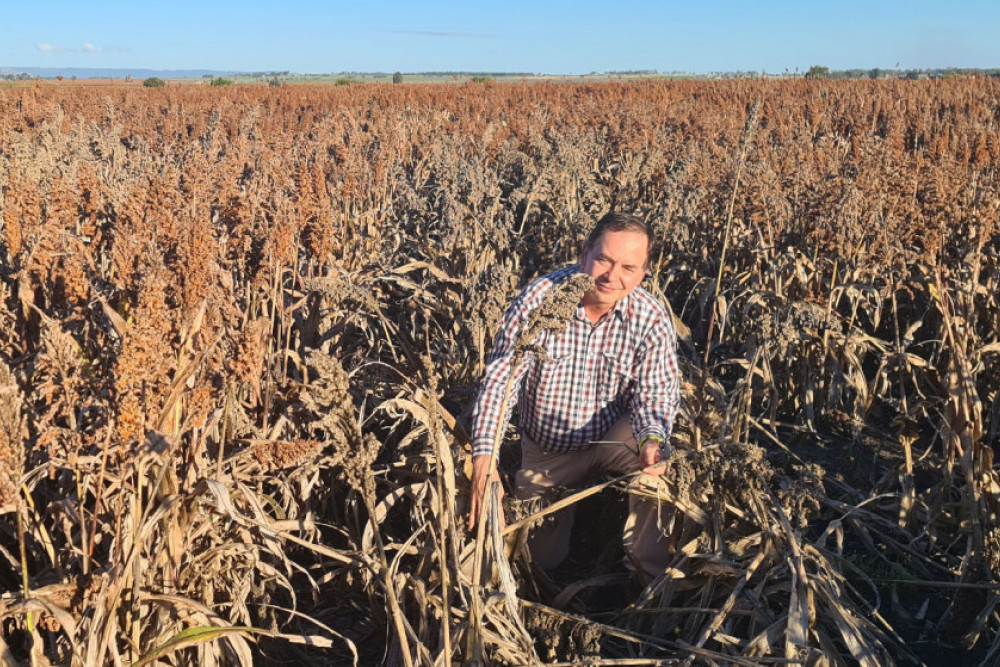Agricultural
2 February, 2022
New pre-breeding co-investment to tackle sorghum lodging
A new $11.6 million, five-and-a-half-year joint investment is aiming to address lodging in sorghum – an issue that is consistently rated as the most significant concern facing Australian sorghum growers and costing on average $12 million worth in yield loss annually.

This strategic investment aims to de-couple the relationship between height, yield and lodging to increase the water-limited yield potential of sorghum, reducing grain-fill yield loss by 25 per cent.
The knowledge and techniques developed will allow breeders to chase yield harder without greater lodging risk.
The investment comprises in-kind and cash investment between Grains Research and Development Corporation (GRDC), global commercial partner Advanta Seeds and trusted long-term partners University of Queensland (UQ) and the Queensland Department of Agriculture and Fisheries (DAF).
A UQ researcher, Professor David Jordan will lead the project with grain grower investment through GRDC, with UQ and DAFQ’s world-leading expertise in sorghum research combining with Advanta’s industry expertise and global scale.
Ultimately, this pre-breeding research seeks to provide commercial sorghum breeders with the tools and germplasm to rapidly deploy pre-breeding outputs to growers, fast-tracking the path to market.
Professor Jordan said the UQ team looked forward to working with the partners to continue to lead the way on global sorghum research and development.
“In this project we are bringing together Australia’s leading sorghum research expertise with the capacity of global industry innovator, Advanta Seeds,” he said.
“As part of this project, we will investigate and introduce methodology that will establish consistent, robust and replicable methods that induce lodging, testing stem composition and structure – which has never been done anywhere in the world.
“We’ll assess diverse sorghum populations to identify the key genes and genetic locations associated with reduced propensity, to lodge and draw on this knowledge, so that we can create advanced genomic tools that enable breeders to develop high yielding hybrids quickly and efficiently to tackle the issue.
“We have had a long-standing track record of delivering significant value for sorghum growers over many decades, and this five-year investment will ensure this work will continue.
“While there are no guarantees in research, it’s exciting to think what we can achieve together.”


